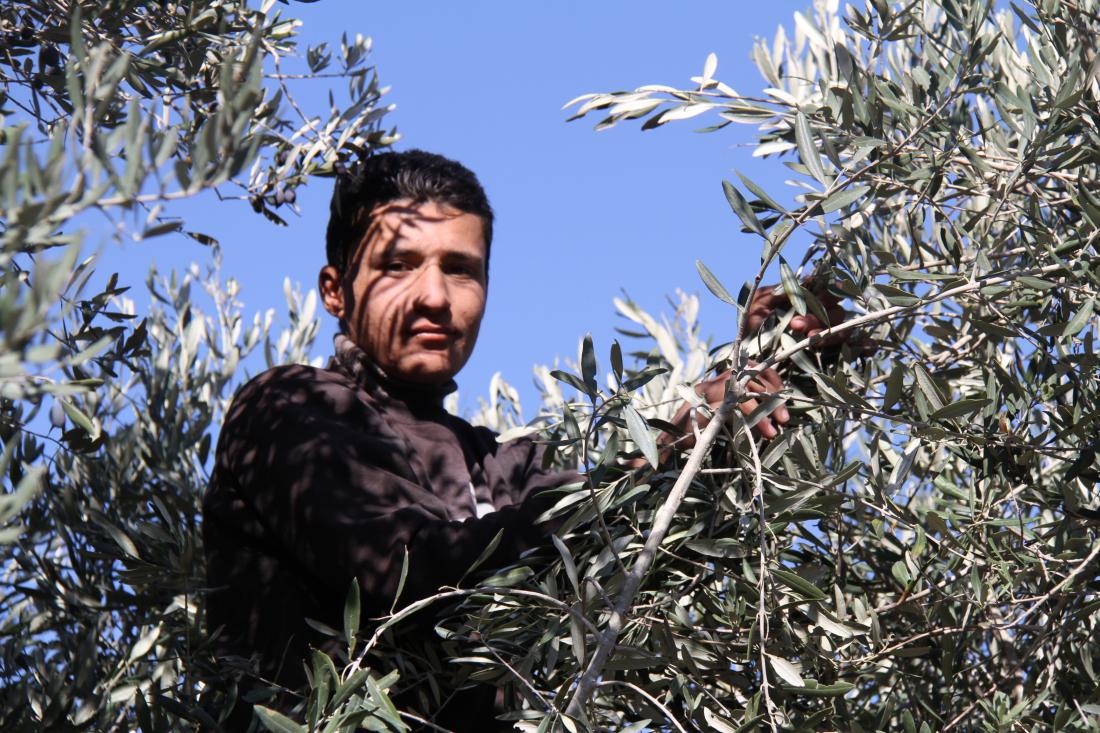ARTOLIO presents olive tree varieties and why they matter, Issue 3 - Nabali Baladi Variety

As established in previous entries, the olive variety that is used in each olive oil is the determinant factor for the variances in taste that differentiates one extra virgin olive oil from another. ARTOLIO farmers not only vary in culture but also, their oils differ because each territory hosts a different variety. The fruitiness, bitterness, and aftertaste depends mainly on the variety that has been nurtured, and how it's been tended to. In this entry, the focus will be one of the predominant varieties of Palestine, the Nabali Baladi.
Olive oil production is one of the main economic activities in Palestinian territory, and 95% of the olives picked in Palestine is transformed into olive oil, and then exported. Its predominant cultivar, the Nabali Badali is extended all throughout Palestine, where one of the ARTOLIO regions is stationed.
Nabali Badali is a cultivar that can harvested as table olives or for olive oil production. Depending on that, they should be harvested in September for table olives, when they're still green, or in November, when they're ripe for olive oil. With a 23% oil content, they're one of the oldest varieties of Israel, Palestine, and Jordan.
It contains, for the most part, valuable nutrients, antioxidants, and yeast strains with potential probiotic traits. Nabali Badali is also rich in polyphenols, which are extremely beneficial to the health because they boost brain health, digestion and are thought to prevent heart diseases and diabetes. Its olives are for green production, with fruit that is easy to handle, but its pulp is difficult to separate. The resulting oil is very aromatic. Its oily content makes it the perfect culinary ingredient to any food, preferably over cooking with it. Therefore, it is advised to have it as a complement to a good salad rather than frying food with it.
Maybe because of the zone where it is located, the tree is extremely resistant to droughts, and can survive in exceedingly harsh conditions. Its fruit is oval-shaped, and it darkens overtime.
Curiously, it's also considered a symbol of peace, as it is believed to be the branch that is carried by the white dove. Furthermore, because it extends over three different regions with different three religions, it represents peace in a land plagued by tensions and differences between countries forced to understand each other. Moreover, it brings together the different farmers and cultures that constitute ARTOLIO, so not only it is a symbol of peace, but also de beginning of a collaboration towards improvement and understanding.







